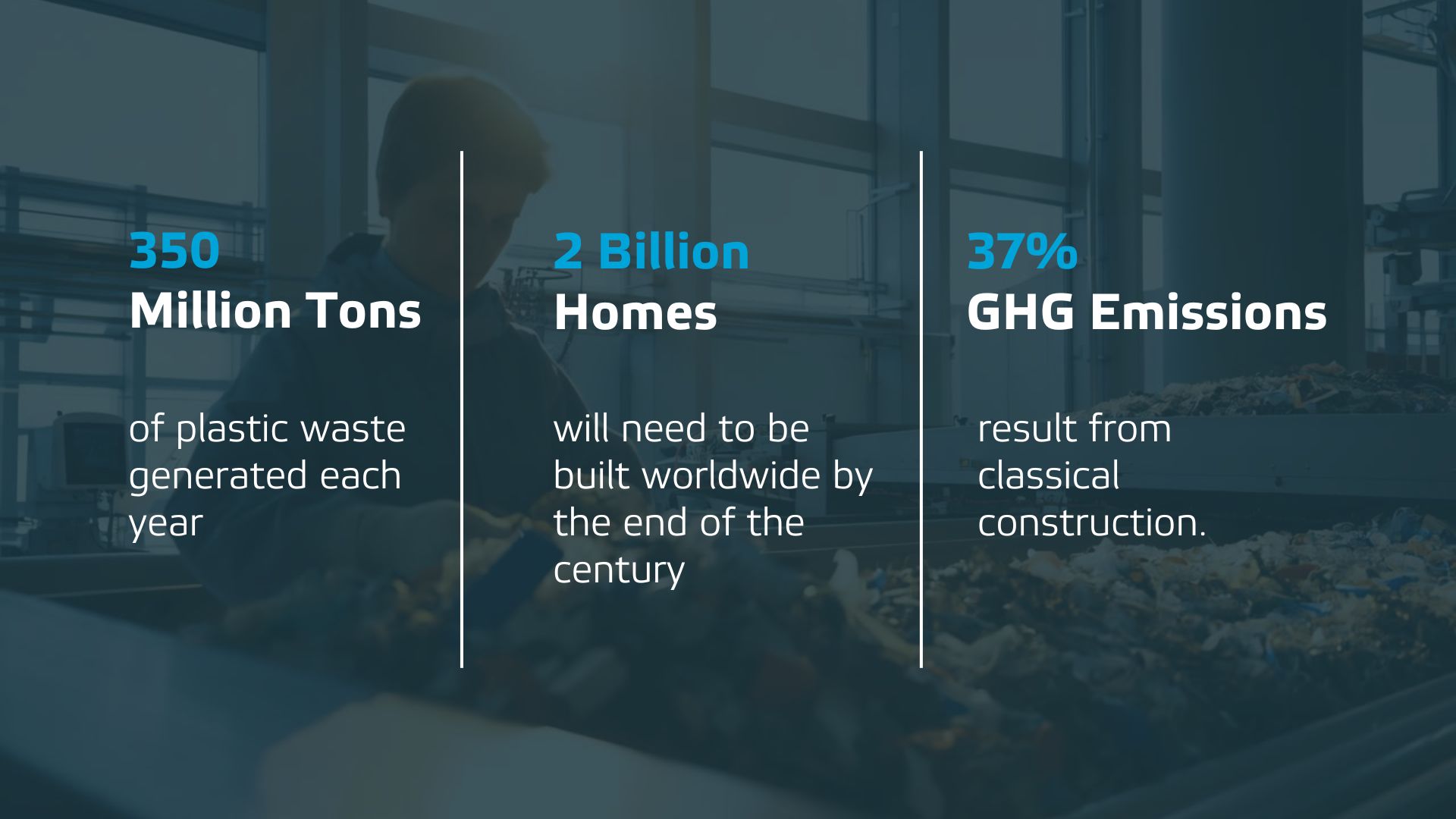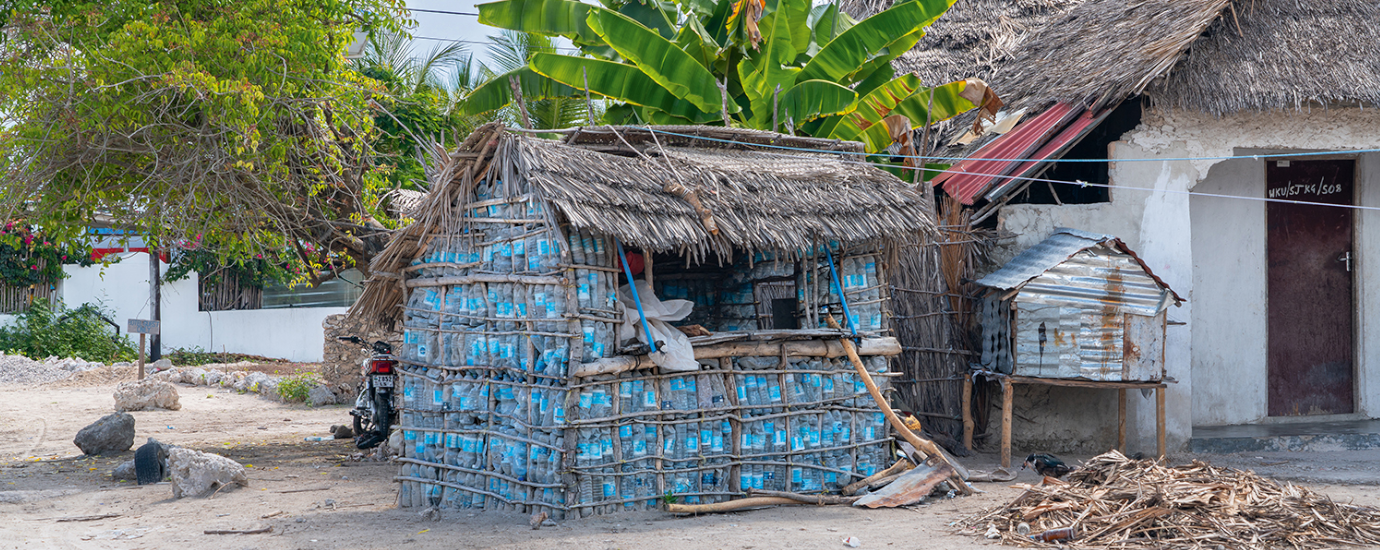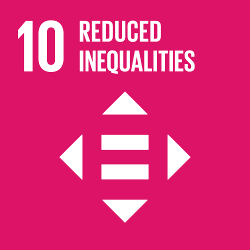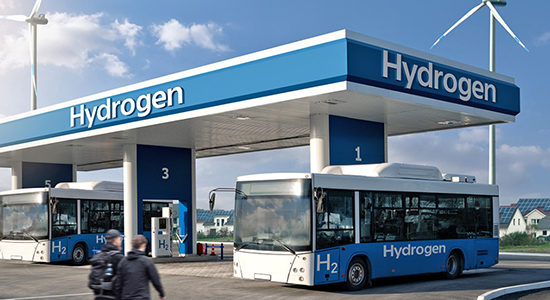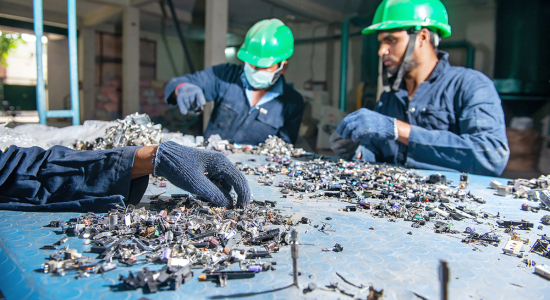Enabling Sustainable Construction through Plastics
Plastics are an integral part of modern societies, yet their current use can harm people and the environment. At the same time, urbanisation, climate change, health, and affordable housing demand new solutions. Sustainable Chemistry addresses these challenges by turning plastics into novel building materials, aligning with the global need for affordable and sustainable construction.
